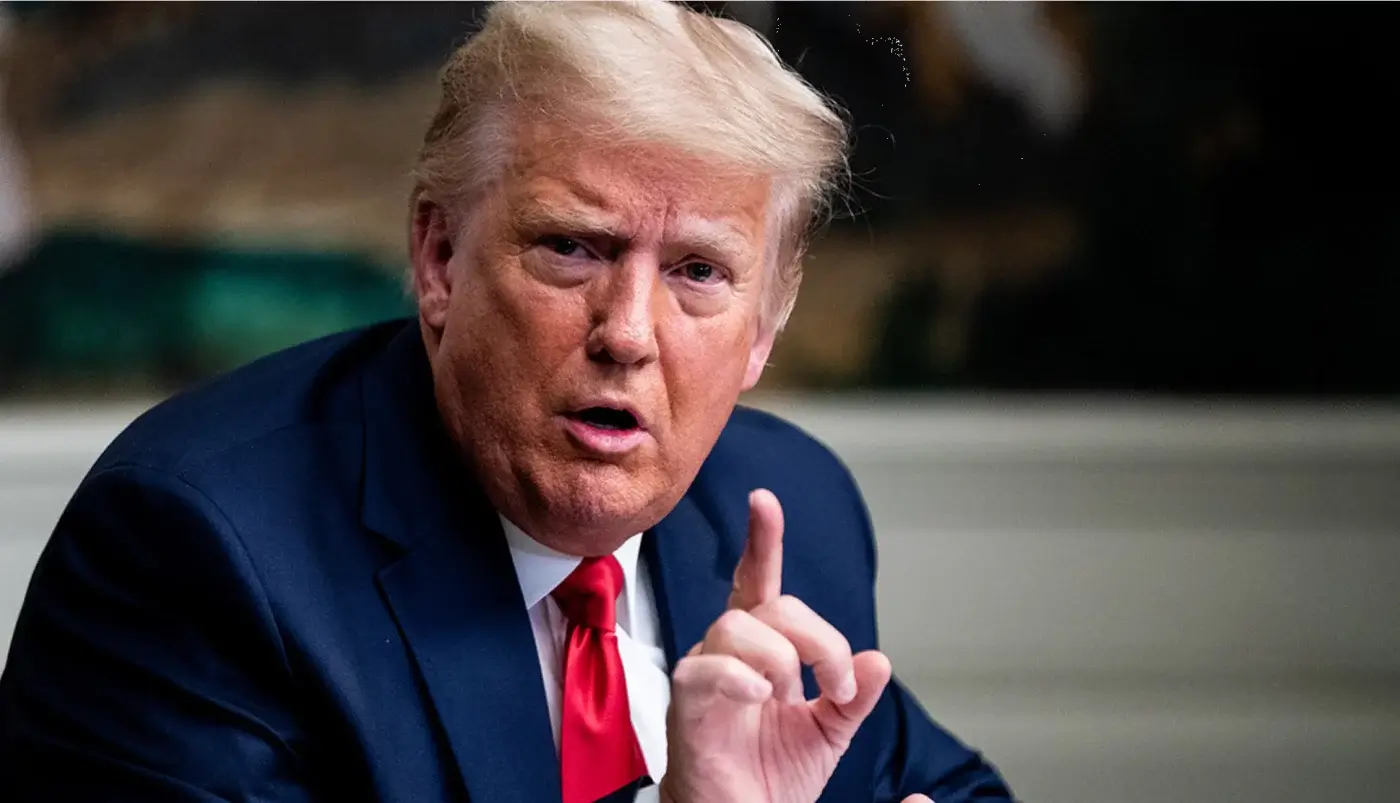
Economic tensions between the U.S. and China have entered a new hot phase. U.S. President Donald Trump, in a post on Truth Social, criticized China’s “disrespectful attitude” toward global markets and announced that tariffs on Chinese goods would be increased to 125%.
“Due to China’s disrespect toward global markets, I am raising tariffs to 125%. This decision takes effect immediately,” Trump wrote.
He stated that Beijing would soon realize that “the era of looting the United States and other countries” is over.
90-day delay — a privilege for other countries
At the same time, Trump said the U.S. is negotiating with 75 countries. Tariffs on goods from those countries will be delayed for 90 days, during which a 10% rate will apply.
China warns its citizens against traveling to the U.S.
In response to the new tariffs, the Chinese government also issued a warning. The Ministry of Culture and Tourism urged Chinese citizens to carefully assess risks before traveling to the U.S., citing rising trade tensions and security concerns.
“It is necessary to seriously assess the risks of traveling to the United States and act cautiously,” the official statement said.
Trade war — analysis by the numbers
- April 2 — Trump announced tariffs on goods from 185 countries.
- Initial tariff on Chinese goods was set at 34%.
- In response, Beijing imposed similar tariffs on U.S. goods.
- Trump threatened to raise tariffs to 50%.
- Tariffs were raised to 104%.
- China responded with an 84% increase.
- Final move — Trump officially raised tariffs to 125%.
The U.S.–China trade dispute is once again escalating. Actions by these two economic giants will inevitably impact not just politics, but global markets as well. The main question — how will this affect other countries and ordinary consumers? Read “Zamin” on Telegram!
Ctrl
Enter
Found a mistake?
Select the phrase and press Ctrl+Enter Related news
Information
Users of Меҳмон are not allowed to comment this publication.
Users of Меҳмон are not allowed to comment this publication.














